Updated
11 min read
Dual Camera App. What is it and How Does it Work
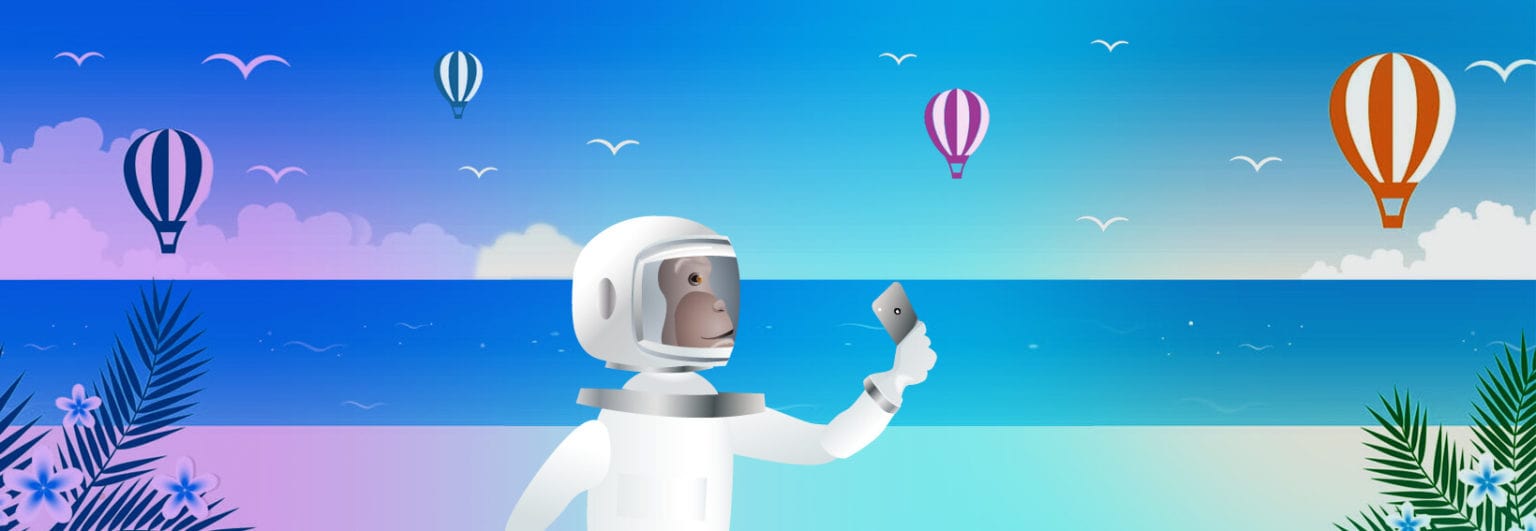
The smartphone is, in many ways, the ultimate tech toy, and people are more than happy to shell out big bucks on a new phone every year.
The most important features for consumers are battery life, storage, durability, and, of course, camera quality.
Once you’re ready to show off your app’s features, check out this video on how to create the best app preview video for the App Store and Google Play.
As smartphone cameras become more and more capable, the need for an actual digital camera has become unnecessary (except for professional photographers and hobbyists, that is).
Table of contents
- What is a dual camera
- New era of smartphones
- Types of dual camera smartphones
- Dual camera apps
- Creating your own dual camera app
- Benefits of dual camera apps
- Final thoughts
For regular people like you and me, a smartphone camera is perfectly adequate for what we need—like posting selfies to Instagram.
So how more can smartphone cameras possibly improve? While phone manufacturers have reached the point where quality can’t get much better without compromising a phone’s weight and thickness, what they can do is offer new technology and features, like a dual camera and fun dual-camera apps to go with it.
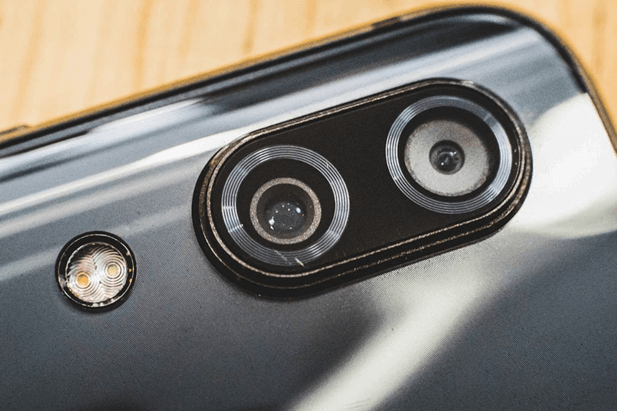
What is a Dual Camera and How Does it Work
A dual camera offers two photo sensors instead of the standard one photosensor. The main camera takes high-quality colored images, as you’d expect.
The second camera works to add more elements that the main sensor can’t do on its own. It can offer additional zoom power, boost the clarity of photos, and help capture wide-angle photos.
Sometimes you’ll have one camera used for taking the photo while the second captures the depth of field. The sequence of both camera sensors produces flawless results we’ve never seen on smartphones before.
Not sure if your phone has a dual-camera setup? Check the back of your phone to see if there are two separate camera lenses next to each other.
Additionally, many smartphone models will have a lens on the front of the phone as well for taking those lovely, wide-shot selfies.
If you have one camera on the front and one on the back, that’s actually not considered to be a dual-camera phone.
New Era of Smartphones
Apple first introduced a dual-camera system in their iPhone 11 with the addition of the ultra-wide, 12-megapixel camera supporting 2x zoom.
Every smartphone manufacturer producing dual-camera functionality however will have a different strategy when it comes to implementation to achieve the best results.
Having a dual camera isn’t quite new technology. It first arrived in the US back in 2011 in the HTC Evo 3D smartphone and was primarily used to capture 3D images for the phone’s 3D screen.
You can go back even further to 2007 for the very first dual-camera that appeared on the Samsung flip phone which was only released to the Korean market.
The tech has been tinkered with since then and really kicked off in recent years, delivering optimal smartphone camera results to hungry photo-happy consumers.
Types of Dual-Camera Smartphones
As mentioned in the previous section, not all dual-camera phones are built with the same functionality. Here are a few different types of dual cameras meant for executing different tasks:
- Depth sensor camera. Phones with a depth sensor camera will allow users to take high-quality photos with a bokeh effect (blurred background) or portrait-mode photos. The sensor will identify the depth of a photo and blur the background.
- Wide-angle lens camera. A camera with a wide-angle lens is popular due to its ability to capture a wider-than-usual photo, like a landscape shot. A perk of a dual-camera phone is that it increases the focus angle to capture more of the surrounding scenery.
- Monochrome sensor camera. This type of camera sensor takes higher quality black and white photos. It also permits more light and improved contrast when taking photographs.
- Telephoto lens camera. A telephoto lens allows for much better zoom quality, so those close-up photos will look more clear and crisp. It also gives photos depth of field, similar to depth sensor cameras.
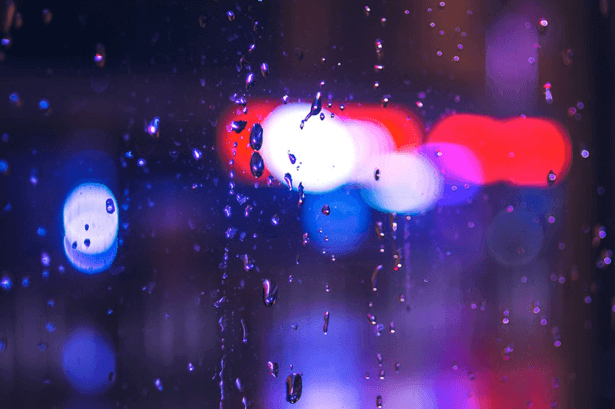
Dual Camera Apps
Dual Camera apps are basically smartphone applications you get can from the App Store or Google Play Store. For phones that include a dual-camera setup, you can take advantage of these fun apps to get creative when taking photos.
There are also dual camera apps that can be used by those with a camera on the front and a camera on the back. MixCam is a highly rated dual camera app for iPhone that allows users to make the most of their multi-camera phones by offering a variety of features.
When you’re with the fam and want to take a selfie with everyone but your arm can only extend so far, the app allows you to use both cameras so you can include everyone in the photo.
Apps like MixCam will also let you capture the environment around you on your back camera while simultaneously using the front camera to film yourself.
DoubleTake by FiLMiC is another dual-camera app that allows you to take video from two cameras simultaneously on newer iPhone models. You can cut between the two videos, display the video feeds side-by-side as a picture in a picture or split-screen.
With the emergence of dual camera and multi-camera setups on smartphone models, more creative apps are rolling out to keep up with the technology and use them in exciting, innovative ways.
Creating Your Own Dual Camera App
Despite there being a wide variety of camera apps offering different features, like multi-shot modes, photo special effects, composition overlays, editing tools, and more, many developers find that they have even more to offer in a dual camera app.
Luckily, there are many ways to develop your own dual-camera application if you’re an experienced developer, like diving into Android’s open-source multi-camera support API.
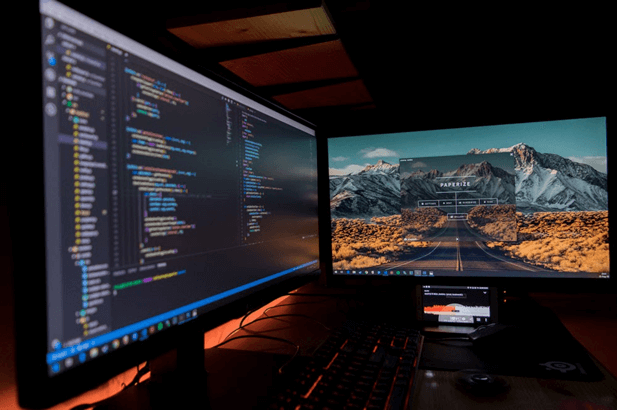
Review your competitors
Before starting out to build any new smartphone application, you always want to scope out the competition. What are top camera apps offering, and how does your camera app idea stand out?
Some of the most popular camera apps are VSCO, HaProCamera, etc. You also want to review which of these camera apps offer dual camera features, since that’s what you’re after.
Taking a look at your competitors will give you a good idea about what makes them unique and what you yourself have to offer.
A part of the review process is making a list of the features currently offered by these apps.
Once you know what already exists in the market, you can continue doing research by checking feedback and reviews by users to see where these apps are lacking.
What are the needs of your target audience?
Asking yourself this question and understanding what the needs are of your target audience is crucial to the success of your dual-camera app as you’re developing it.
Will the app be geared more towards professional photographers or the Instagram-posting amateur who’s happy to point and click with ease?
Before beginning development, you should have a solid understanding of what functionalities and features your audience cares about so you can make the perfect app.
One way to further understand your audience is by conducting surveys and focus groups, and by asking questions to understand user behavior.
Finalize Functionality
Once you’ve gotten to really understand your audience and their needs, the next step is to finalize the features and functionality you’ll be implementing in your app.
This list should include which features are currently available in other apps (like filters, zoom, different shooting modes, etc), and which will be new to the market.
You might find that your app will focus on some of these common features by adding to them, or you’ll have your own distinct features to bring to the table. Either way, get them on a list so you can see what you and your dev team will be working with.
Design and Develop
While you should be thinking about design and development right from the beginning, now is the time to include your developers and get started with your project.
Having the right team to develop your app is crucial, and while there are many experienced developers out there, you want to incorporate individuals who have experience with the platform you intend to use, like an Android app developer or an iOS developer.
Instead of getting a jack-of-all-trades, try to find someone who specializes in the specific stack you’ll need to get the project done.
Your developers will likely code this dual-camera app from scratch, but always check to see what camera APIs are out there so there you can use already-existing open-sourced code instead of reinventing the wheel.
Testing
Testing is always a key component when developing an app, and should be done constantly throughout development as well as upon project completion.
Aside from using mobile testing software to automate and test your app, there are other ways to conduct testing.
BETA testing means opening your app up for a beta trial with willing participants. This will help you receive beta user feedback to determine how your app is working in a real-world environment.
User Acceptance Testing (UAT) is another testing process that’s conducted in a more controlled environment. It involves just a few users, unlike BETA testing which can be done by hundreds of people.
Unlike BETA testing, UAT will often involve working with the development team to find bugs and fixes.
Testing is a good idea because if you just launch your app without it, you’ll likely receive a lot of negative reviews that will hurt your chances of acquiring new users.
UAT testing will still throw plenty of negative reviews at you, but they won’t be available for the world to see.
Benefits of a Dual Camera App
Whether you’re using a dual-camera app or the functionality already incorporated in your multi-camera smartphone, there’s a lot that having more than one camera can offer.
- Bokeh effect. Having another lens allows you to capture sharper images and can add a soft blur to the background of the subjects. This is known as the bokeh effect. Some phones will even have the option of adding color effects to the foreground or background of the photo. This kind of effect is especially useful when taking portrait-mode photos.
- AR. Some models offer a fish-eye style camera lens called “time-of-flight”. This special lens has an infrared laser built into the camera which reflects light. Having an added depth of field has been used to achieve augmented reality.
- More detail. While the first camera lens picks up color, the other lens will work to pick up the details. This combination of the lens allows users to take high-quality and super detailed photos.
- Lighting. When capturing photos, the lighting conditions aren’t always just right. When you have a second camera lens, it will capture the details of the image and add in the lighting after, which ends up producing a better-quality photo than if you only had one camera.
- Zoom. Having an additional camera on your smartphone can also come in handy when it comes to zoom quality. Some smartphone models will allow users to zoom in when taking photos and with minimal loss of quality by having an extra camera lens.
- Wide-angle. Instead of wanting to zoom in when taking a photo, sometimes you wish you could zoom out and capture more of what’s around you. An extra wide-angle lens lets you do just that and was first seen as a second lens on the LG G5 phone.
As new technology in the dual-camera world emerges, so too will new camera features and an abundance of excellent dual-camera apps to go with it.
Final Thoughts
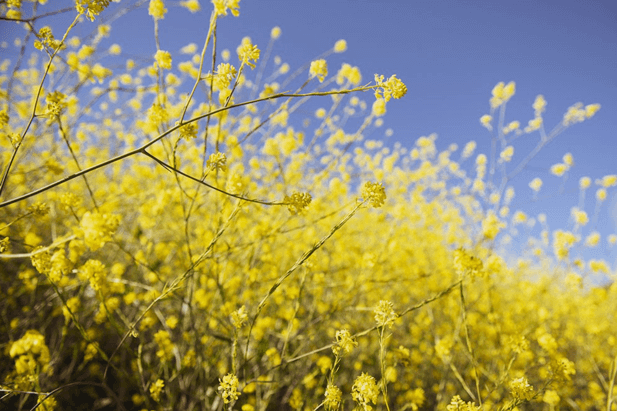
Let’s face it, cameras are one of the most important features a smartphone can have.
Whether you’re a professional photographer, hobbyist, or just someone who likes to take great photos, a camera or dual-cameras allows us the ability to capture precious memories and have fun being creative when snapping photos.
Dual camera apps have become super popular not only for the novel features they add, like silly filters and optical zoom capabilities but because they can take advantage of the multiple camera lenses your smartphone comes with.
Whether you have one camera on the front and one on the back, or two cameras on the back and one on the front, using or even developing your very own dual-camera app can be incredibly rewarding.
Get started in the app development journey with our Simple Starter package which includes three steps to app success: a technical writeup of your app, wireframe sketches, and target user research.

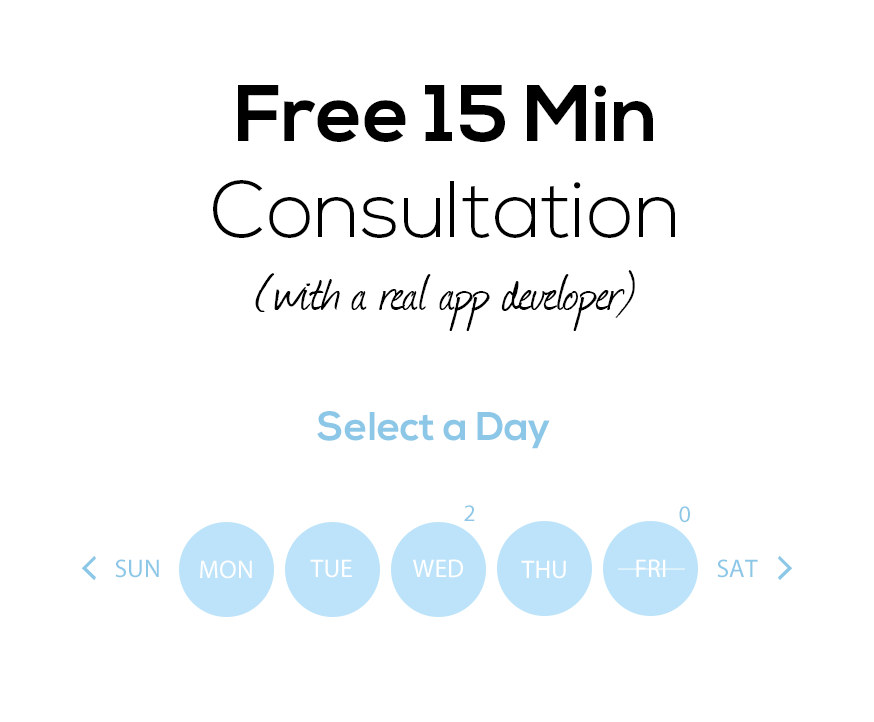


Your inbox wants some love.
Stay informed with Webiotic latest






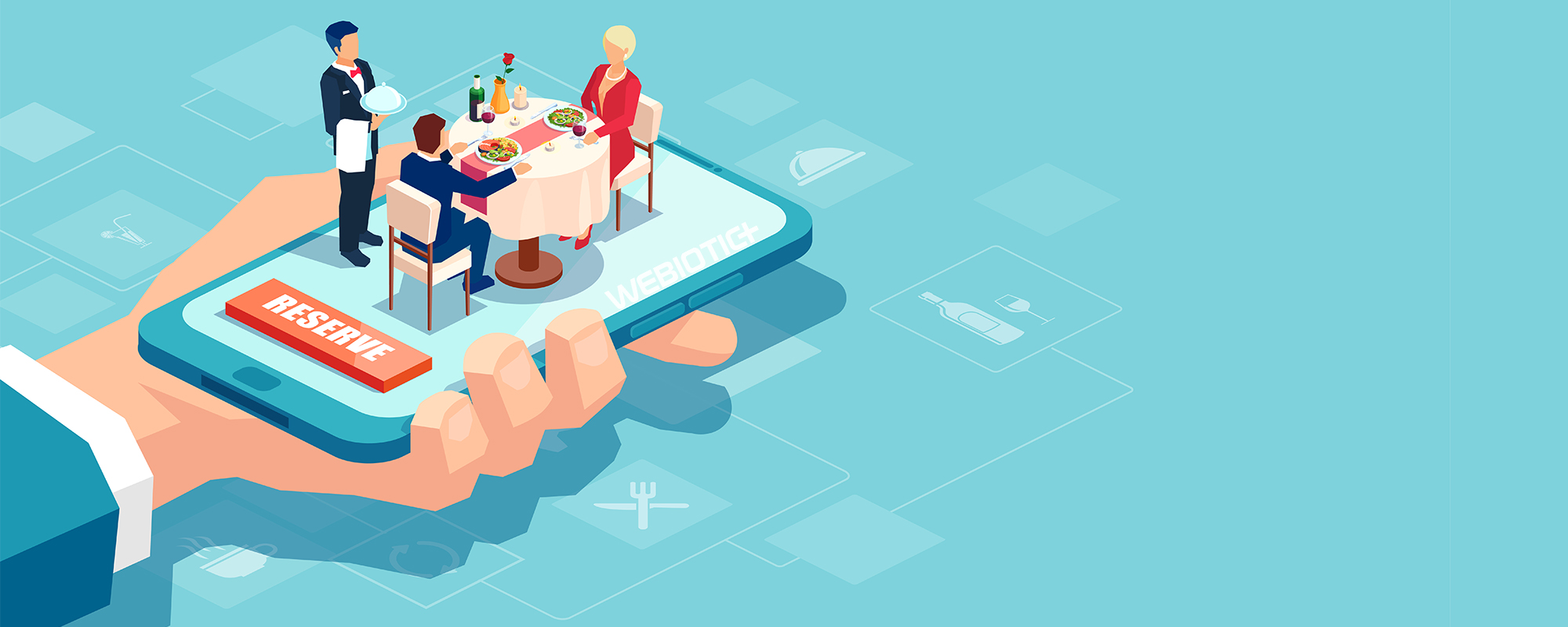



0 Comments